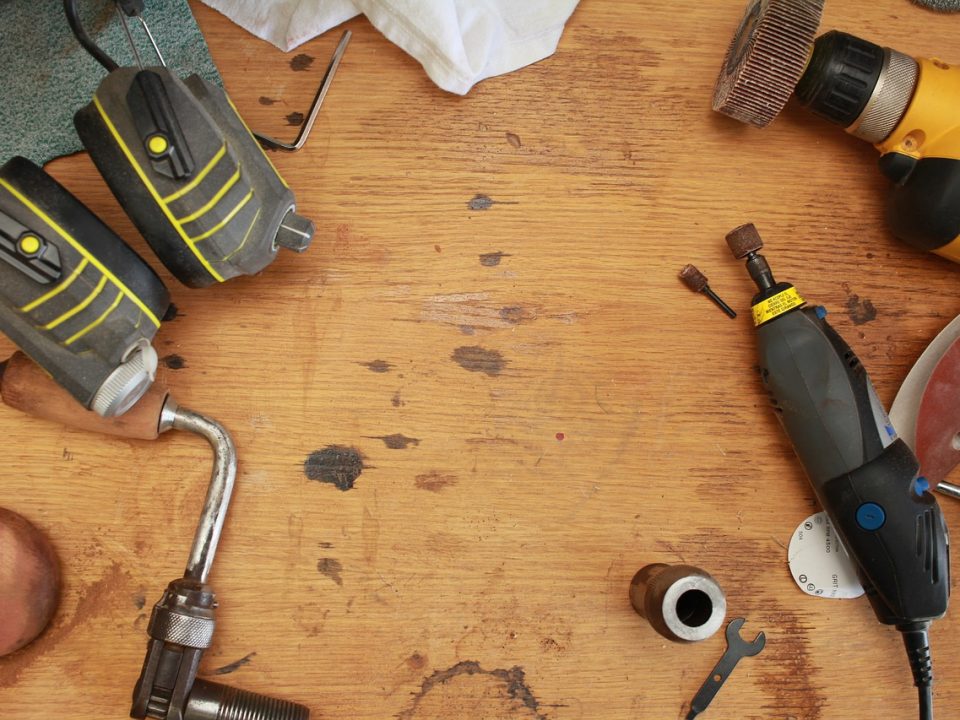5 Resolutions Every Home Owner Should Have
January 31, 2014Using Metals for Sleeker Architectural Design
February 6, 2014
High humidity can cause a number of concerns for both your home and your health. Damp, mould, mildew and condensation can all make a property an unpleasant place to live and work but, by using a dehumidifier, you can improve your home or business property’s atmosphere for good. Check out this buyer’s guide from leading dehumidification company, Airandwatercentre.com, and source the right dehumidifier for your property and your budget.
Know your dehumidifier models
There are three main types of dehumidifier available, each has its pros and cons, and may suit one property more than another. The refrigerant dehumidifier uses a similar method to your home refrigerator to condense the air and collect moisture. These are generally more useful in warmer months and tend not to be used all year round.
The desiccant dehumidifier actually absorbs water and can operate at much lower temperatures than the refrigerant dehumidifier. The peltier dehumidifiers are much more suited to commercial use due to their low capacity and high energy cost.
Determine your desired capacity
When it comes to finding the right type of dehumidifier for your property, getting the capacity correct is your first objective. There are many models on the market, all of which have varying capacities. These capacities are based on a term called ‘relative humidity’ or RH, which provides a projection on the amount of moisture a particular model can remove from the air.
The RH, however, is based on its operation in a room with very high humidity, so the amount of moisture extracted from a room with a medium to high humidity level may vary. Using a hygrometer to take a precise reading of your home humidity levels can quickly identify which capacity dehumidifier you require and can pinpoint rooms that need help ridding excess moisture and those that don’t.
Calculating CFM
The air flow volume of a dehumidifier can also determine whether it is a suitable size and type for your dehumidification needs. The air flow of a unit is measured using ‘cubic feet per minute’, also known a CFM, and can make or break the effectiveness of your battle against high humidity.
The size of the room determines how much air will have to pass through the dehumidifier, whilst higher humidity levels require the moisture to pass through the unit more often. By determining the percentage of humidity within the air (again using your hygrometer) and taking into account the size of your room in cubic feet, you can find the right capacity and air flow volume to fully dehumidify your home and get rooms back to the recommended 40% to 60% humidity level.
Choose an ‘all year round’ model
Many dehumidifiers can be used all year round, however protecting the internal components of an appliance in particularly cold weather can be tricky. Choose a model with built-in frost protection if you intend to use this in the winter and summer months. These defrost any cooling coils and keep your dehumidifier working in plummeting temperatures.
Automation and dehumidifier noise
Dehumidifiers aren’t the quietest home appliance and can often be a disruptive addition to any busy family home or office. Choosing a model with adjustable speed settings can minimise noise, whilst quieter dehumidifiers are available on the market. The majority of dehumidifiers also switch off automatically when the tank is at capacity, whilst a number of newer models give homeowners the option to switch on the appliance when humidity reaches a certain point courtesy of a built-in humidistat.
There are a number of dehumidifiers available, however with this essential guide we are certain you can buy with confidence on your upcoming shopping trip!






